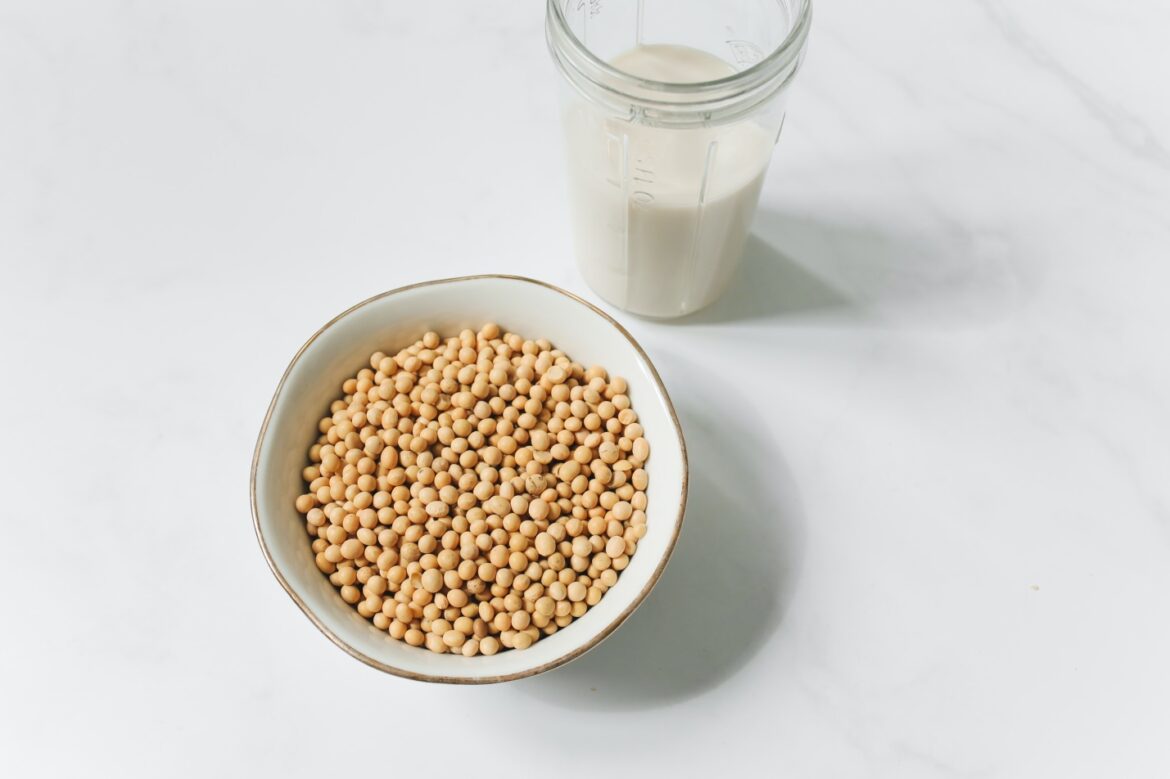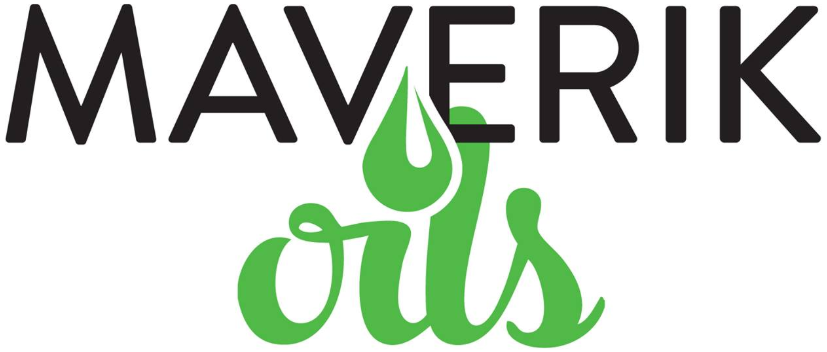Vegan Food Diaries: All You Need to Know About Non-Dairy Milk
Veganism is becoming a popular lifestyle choice throughout the world. People across the globe are now shifting from animal products to plant-based products. Whether it’s the food they want or the clothes they wear, animal products are now being severely discouraged. And rightly so, as this is an excellent move toward sustaining the environment and promoting a healthier lifestyle.
Undoubtedly, shifting to vegan products is the best choice you can make for yourself and your environment. Earlier, it seemed like an unusual idea to not eat meat at all. However, today, technology has surpassed our imagination. Scientists and researchers have now introduced tastier and much healthier alternatives to all animal-based products. In fact, most vegan food alternatives actually add a unique taste to our dishes that only make them more flavorful and better than their original versions.
Contrary to what most people believe, veganism does only involve giving up meat, but as we said earlier, you need to give up on all animal-based products. Hence, if we talk about food, people who do not eat meat are actually vegetarians, but vegans do not eat other animals’ food products as well. And this means they can have milk as well.
The advancement of science and technology in the food industry has now introduced various alternatives to animal-based products, and just like everything else, we now also have vegan options for milk. So if you don’t know about non-dairy milk and are skeptical about the vegan journey without milk, then you are at the right place. Today, we are talking about vegan milk options – here is all you need to know about non-dairy milk:
What is Non-Dairy Milk?
Non-dairy milk is also known as “plant milk,” which quite evidently tells what it is. Plant milk or non-dairy milk is a beverage that is completely plant-based (no animal ingredient included) and due to its color and consistency resembles milk. Non-dairy milk is made using water mixed with various plantextracts, giving it its flavor and aroma. These milk are used as an alternative to dairy milk and can also provide you with a creamy mouth feel. You can not only drink non-dairy milk but can also them for cooking and baking purposes – anywhere you want to replace milk.
What is the History of Non-Dairy Milk?
Plant-based beverages have been a popular beverage of choice for centuries now – in fact, people in ancient times majorly depended on plant extracts for their beverages – terms like “milk-like plant juices” were quite common in the 13th century and are considered the root word for “plant milk” today. Moreover, plant milk became a commercial production, “milks” or liquid extractions from beans, nuts, and legumes that made plant-based mixtures and resembled milk have existed for centuries now.
In fact, there are references that the Native Americans from the northeastern United States made infant formula milk using just nuts. Similarly, Horchata, which is a beverage from North Africa made using soaked, sweetened, and ground tiger nuts spread across Iberia, Spain, in the year 1000. In fact, the English word “milk” was used for all “milk-like beverages and plant juices” from the year 1200 CE.
Taking referencesfrom the history of plant-based milk beverages, it was in the 1800s when non-dairy milk (soy milk – to be specific) was first discussed officially. Soon non-dairy milk started to sell commercially and became well known to the common public. However, non-dairy milk became more and more famous when the vegan culture gained popularity across the world.
It was observed that the worldwide sales for non-dairy milk alternatives increased more than double its usual sales between the years 2009 to 2015 – and that is particularly the time when vegan culture gained popularity and grew worldwide in the past decade as well.
Dairy VS. Non-Dairy Milk – What is the Difference?
Apart from the fact that dairy milk is an animal product and non-dairy milk is its plant-based alternative – what else do you think is different between the two?
Despite being called milk, usual milk and non-dairy milk are quite different from each other, especially based on their nutritional values. The nutrient list for real milk is usually short; it isjust milk with nutrients like calcium, vitamin D, and vitamin A – while the list for non-dairy milk is much longer. Most non-dairy milk has added ingredients like calcium carbonate, zinc gluconate, and vitamin E acetate, including sugar, salt, and stabilizers.
Some Other Differences Between These Two Types of Milk Are:
- Calcium: Dairy milk is a top source for calcium as well as vitamin D. Dairy milk is naturally-produced and so is packed with calcium as compared to non-dairy milk. Non-dairy milk, on the other hand, contains only minimal amounts of calcium naturally and so is typically fortified.
- Protein: Protein levels are also quite lower in non-dairy milk. A glass of dairy milk contains about 8 grams of protein, while, by comparison, most plant-based non-dairy milk has only 1 gram of protein.
- Sugar: Regular, naturally-occurring dairy milk has no added sugar except lactose, which is a form of naturally-occurring sugar. However, most types of non-dairy milk alternatives contain sugar as they are added for taste later on. Usually, ingredients like cane juice or sugar cane are added to the list of ingredients, which is why it’s best to read the label behind the milk pack every time.
- Price: There is no doubt that just like all the vegan alternatives, non-dairy milk is also quite more expensive than regular dairy milk. This is mostly because non-dairy milk is difficult to extract and commercialize and often needs fortification, which increases the price, time, and resources needed to mass produce the milk. This is one reason why many people prefer using dairy milk only.

Why Do People Look for Non-Dairy Milk Alternatives?
We have been talking about the increasing popularityof non-dairy milk alternatives though out this article, but we agree most of it has to do with vegan culture spread across the globe. What could be the other reasons behind people looking for vegan and dairy-free milk alternatives? Well, here are some reasons:
· Ethical and Religious Restrictions
Apart from vegan culture, other religious and ethical obligations do not allow people to consume animal products or, specifically, dairy milk, which is one big reason why many actively seek more and better milk alternatives.
· Lactose Intolerance
Another major reason why many look for dairy-free milk is because of lactose intolerance. Lactose intolerance is a condition that doesn’t allow people to consume lactose as it messes up their digestive system and GI Tract. About 68% of the world’s population is lactose intolerant, which is why a huge population of the world prefers consuming non-dairy milk.
· Milk Allergy
Most people might not know about this, but milk allergy is a real this, and anyone can have it. Around 2% to 3% of the world’s population is allergic to milk from a young age. For such people, the common symptoms are rashes, diarrhea, rashes, and severe anaphylaxis.
· Heart Risks
Other than allergies and lactose intolerance, some people believe regular dairy milk poses serious health risks. By logic, people choose to avoid natural dairy milk because they believe it contains a hormone, pesticides, and antibodies, which can be a health risk for some people.
Different Types of Dairy-Free Milk Alternatives
1. Almond Milk
Almond milk., one of the most common types of dairy milk alternatives, is made using almonds or almond butter and water. It is light in texture and often has a sweet and nutty flavor profile. Almond milk is a versatile type of non-dairy milk alternative as it can be added to coffee, tea, or smoothie.
As compared to dairy milk, almond milk only has a quarter of those calories, and this is the main reason why people, even with no religious or ethical restrictions, also prefer using almond milk in their diets.
2. Soy Milk
Soy milk is made using soy protein isolate or soybeans, including thickeners and vegetable oils, to improve its flavor and consistency. Soy milk is typically creamy in flavor and feels quite a milk; however, it can vary from brand to brand. Regarding nutrition, soy milk is quite close to natural dairy milk as it contains a similar amount of protein because soy is one of the few plant-based sources of complete, high-quality printing.
However, there are controversies attached to soy milk. Due to the large number of isoflavones in soy, it is suspected that it can affect estrogen receptors in our body and affect the function of our hormones. However, since there is no conclusive evidence for this debate and it’s already proven that soy milk is a good protein source, the milk is a high-demand non-dairy milk alternative.
3. Coconut Milk
One of the most popular non-dairy milk alternatives, coconut milk, is made using coconut flesh and mixing it with water. It has a sweet and subtle taste with coconut flavor in the background and a thick creamy texture. Coconut milk has about one-third calories of regular dairy milk. The milk had no protein or carbohydrates. But it is rich in fat content, which can be good news for some but bad news for others. The high-fat content gives coconut milk its flavor and makes the milk healthier; plus carbohydrate is best for people looking for low-carb options. However, it is not recommended to people willing to lower their body fat percentage or lose weight in this regard.
4. Oat Milk
Oat milk is another popular name among vegans and is also very commonly used worldwide. It is basically manufactured using water and a mixture of oats; however, some manufacturers also add salt to add a little taste and achieve the right texture of the milk.
Oat milk has a mild flavor, tastes a little sweet, and you can also use it for cooking, just like other vegetable oils. One cup of oat milk contains around 2.5 grams of protein but 19-29 grams of carbohydrates – which can be a little troublesome for people looking to avoid carbs in their diet. However, other than that, oat milk is a good source of total fiver and beta-glucan.
5. Cashew
Just like almond milk, cashew milk is another nut-based non-dairy milk, but it is not as common as almond milk. This milk is made using a mixture of cashews or cashew butter with water. It has a creamy texture and thick consistency with a subtle and sweet taste.
Cashew milk can be used in smoothies for thickening or in coffee as a creamer and makes an excellent replacement for regular milk in deserts as it is subtle and sweet. Cashew milk contains less than one-third calories of regular cow milk, so it is a great alternative to regular milk.
Which Non-Dairy Milk Should You Take?
Many people ask this question because, due to a lack of knowledge, they are unsure what non-dairy milk they should purchase for their regular use. Well, there is no one answer to this question. There are plenty of options for non-dairy milk to choose from, and many factors to consider when buying yourself non-dairy milk.
Make sure to consider the taste, calorie count, and macronutrient content information to pick one that fits your body’s requirements and needs the best. Don’t forget to look at the brand and the company you are getting the milk pack from. This is another important factor that most forget to consider. Lastly, do check what you want the milk for – for example, if you want a non-dairy milk alternative for baking, you must check if it is suitable for that or not!


